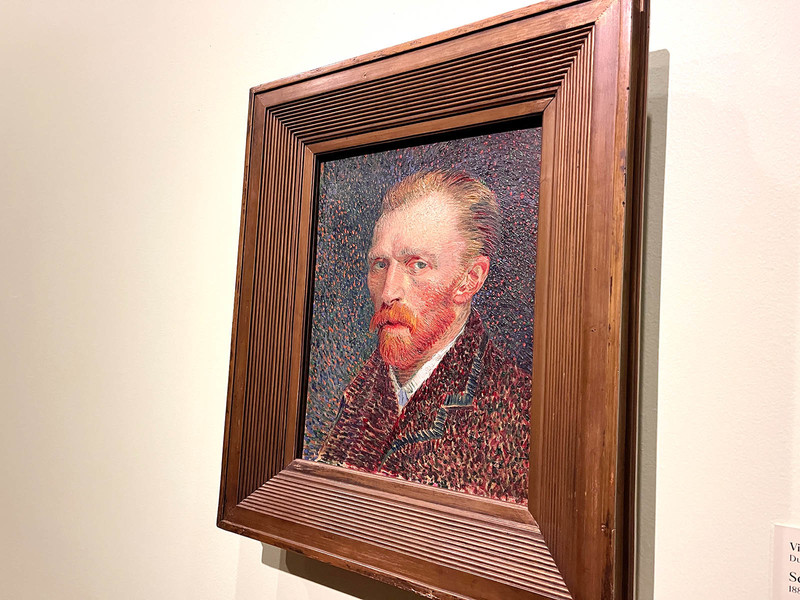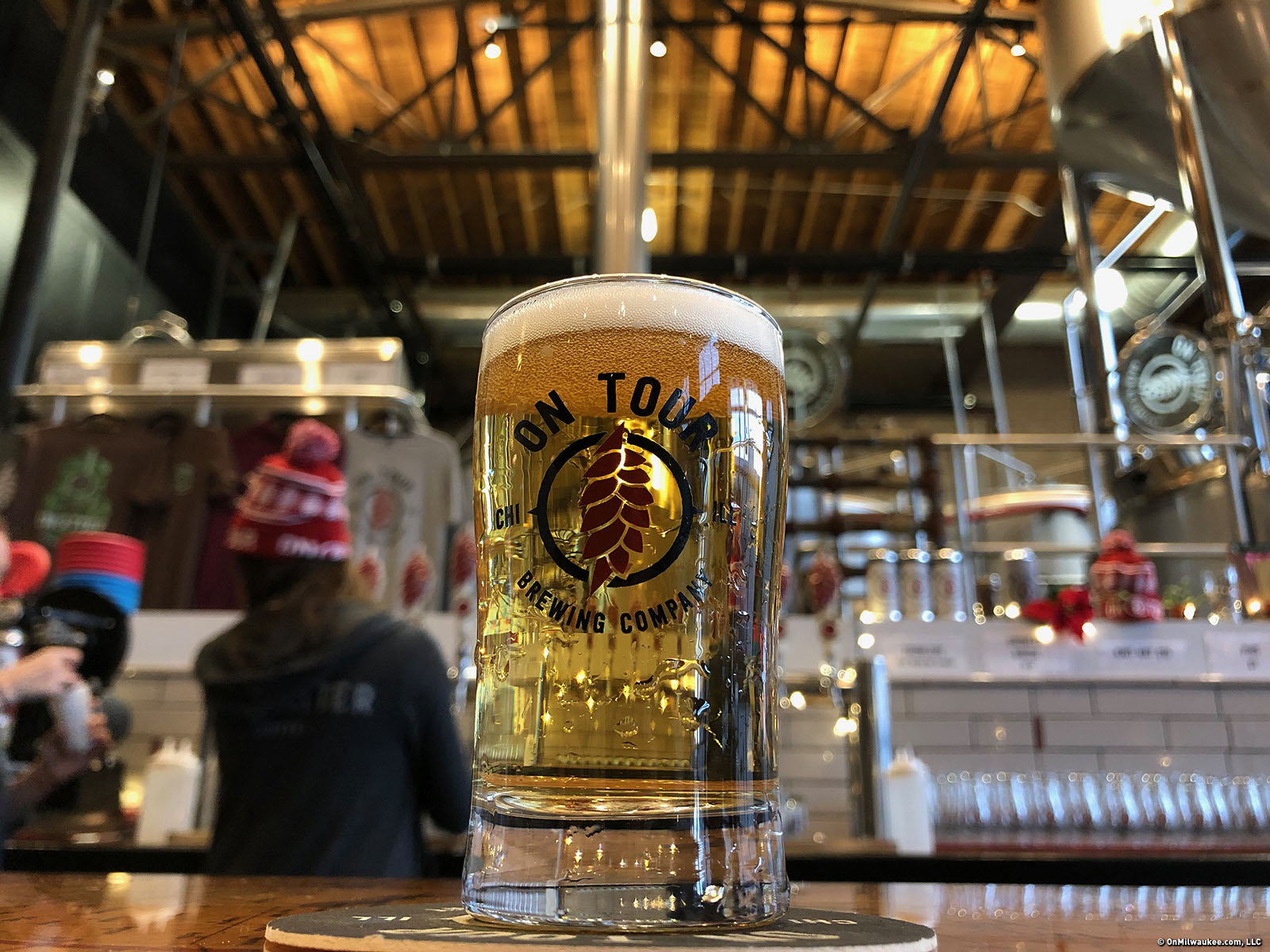CHICAGO — Chinatown is both a tourist destination and a microcosm of Chinese culture. The neighborhood, an example of an American Chinatown, offers experiences from the kitsch to the delicious and, considering it's less than two hours from Milwaukee, is definitely worth checking out.
This year, Chinatown celebrates its 100-year anniversary. Chinese immigrants moved to Chicago after the Transatlantic Railway, completed in 1870, made cross-country travel more accessible. Prior, many Chinese families lived on the West Coast, but headed east in search of more opportunity and less violence.
Many of the Chinese who moved to Chicago in the late 1800s opened businesses such as shops, restaurants and laundries. More and more Chinese people moved from China, directly to Chicago, and by the '60s, there were more than 14,000 Chinese people living in the Windy City. In 2000, there were about 70,000 Chinese living in Chinatown.
According to Nora Wu of the Chicago Chinatown Chamber of Commerce, there is not a more-recent statistic, but she believes there are "thousands" more Chinese people living in Chinatown today.
"I have seen many people moving here from New York, because it is cheaper to live here. Some can even buy a house," says Wu.
San Francisco has the oldest Chinatown in North America. United States-based Chinatowns also exist in New York, Boston, Philadelphia, Detroit and, since 1995, Las Vegas.
Chicago's Chinatown, located on the near South Side of the city, is bounded between 18th Street (to the north); 23rd Street (to the south); State Street (to the east); and the Chicago River (to the west). Most of the visitor attractions are on Cermak and Wentworth Avenues. A large, ornate gate marks the most popular section of the neighborhood and reads, "Welcome To Chinatown."
Chinatown features restaurants, bakeries, gift shops, grocery stores, medicine shops, banks, medical facilities, a post office and more. Everything is within walking distance. There is a Chinatown parking lot that costs about $5 an hour located on the northwest side of the neighborhood.
There are about 40 Chinese restaurants in Chinatown, almost all of which are casual and affordable. Dim sum is a popular style of eating for many Chinatown visitors, particularly on Sundays. It's family-style Asian dining and the small portions are served in steamer baskets or on small plates. Diners usually order many small plate items and share them. Dim sum items range in price from $2 to $5 per plate.
Dim sum can be eaten for any meal of the day. On Sundays, many people eat it for brunch.
Traditional dim sum includes different types of steamed buns (gao), dumplings (bau) and rice noodle rolls (cheung fan). Dim sum is made with all different meat, seafood, tofu and / or vegetables. There are usually dozens of items available, including meatballs, spare ribs, deep fried shrimp balls, greens, chicken feet, squid, spring rolls, cake (water chestnut, taro and turnip) and more.
Sometimes the dim sum options are presented to diners on carts. Other times, diners receive large paper menus with small color photos representing the dim sum options and they check off what they want to eat.
Phoenix restaurant, 2131 S. Archer Ave., Shui Wah, 2162 S. Archer Ave., the new Triple Crown, 2217 S. Wentworth Ave., and Mayflower Restaurant, 2225 S. Wentworth Ave., are four popular dim sum restaurants in Chinatown. During a recent visit, we visited Mayflower, mostly because we were drawn in by the massive waving cat statue.
It was busy, but we waited only a few minutes to be seated and were instantly presented with tea. We ordered five items from the dim sum menu – vegetarian dumplings, crepes, deep fried shrimp balls, shark fin dumplings and a green, stringy vegetable that was a cross between asparagus and broccoli.
We also got an order of fried rice which was not too greasy and massive in size. All of the food was very good although we would probably not order the shark fin again because after researching the industry when we got back, we learned it's pretty evil.
Everyone in the restaurant was Asian except for us (this is usually a good sign, right?) and the waitstaff was very friendly. It was interesting to observe how they waited on our table. Instead of one server per table, there were at least three different women who approached us, brought us our drinks and later our dim sum items as they were ready to go.
Getting the check took a while and the restrooms were really not clean, but nothing about the food made us uneasy. It tasted good and for five people to eat and consume three beverages, two of which were Tsingtao beers, the bill was an affordable $47.
Shopping in Chinatown is fun, too. Especially if you have a penchant for Chinese items like Buddha statues, waving cats (called the Maneki Neko, which is actually Japanese in origin), silk fans, rice candy, fake swords, flat embroidered cloth shoes, ceramic bowls, foil paper and kimonos. There are a dozen or more gift shops in the area, and most have similar wares.
Stopping in at a Chinese bakery is a Chinatown must, too. We tried a moon cake at Wan Shi Da Bakery, 2229 S. Wentworth Ave. Moon cakes are usually round or rectangular and consumed in fall during Mid-Autumn Festivals, but we ordered one on an 80-degree day in March. They have a hard dough on the outside and the insides are filled with sweet meats, bean paste, lotus seed paste, melon seed, all sorts of nuts and / or duck egg yolks. I'm not exactly sure what was inside ours, but we didn't really care for it. It was hard and dry.
Going to Chinatown when the weather's agreeable is ideal because there are multiple attractions that are fun to check out while casually strolling around the neighborhood.
Chinatown Square, a two-level retail center built in 1993, features shops and a plaza with bronze sculptures of the 12 Chinese zodiac symbols. Each sculpture is affixed with a plaque inscribed with the years associated with the particular animal and the characteristics these people are believed to have. (My son was not pleased to have "selfish" listed among the attributes supposedly common to those born in The Year of the Horse).
The Nine Dragon Wall, erected in September 2003, is next to the parking lot, and supposedly, it's similar to the one built in Beijing in 1402. Chicago's dragon wall is one of only three in the world. In Chinese culture, dragons are considered to be sacred and have magical powers as does the number nine.
There's a Chinese mural that depicts the history of Chinese immigrants in the United States.
The Buddhist Temple relocated from the far North Side of Chicago to the Chinatown neighborhood in 2003. It is a meditation center with a variety of statues, as well. And until the end of 2012, the Chinese-American Museum of Chicago features a special exhibit of maps, photographs and artifacts that tell the story of the past century.
On July 21, 2012, Chicago's Ping Tom Memorial Park will host a boat race for literacy from 8 a.m. to 5 p.m. The event is free and will showcase various aspects of Chinese culture including music and dance to commemorate 100 years of Chinatown.
Wu says that because the neighborhood is hosting more events and has increased advertising, there has been a surge in Chinatown visitors in the past few years.
"Chinatown is more beautiful than ever. It's expanded. There is more opportunity here now," says Wu.
Molly Snyder started writing and publishing her work at the age 10, when her community newspaper printed her poem, "The Unicorn.” Since then, she's expanded beyond the subject of mythical creatures and written in many different mediums but, nearest and dearest to her heart, thousands of articles for OnMilwaukee.
Molly is a regular contributor to FOX6 News and numerous radio stations as well as the co-host of "Dandelions: A Podcast For Women.” She's received five Milwaukee Press Club Awards, served as the Pfister Narrator and is the Wisconsin State Fair’s Celebrity Cream Puff Eating Champion of 2019.







